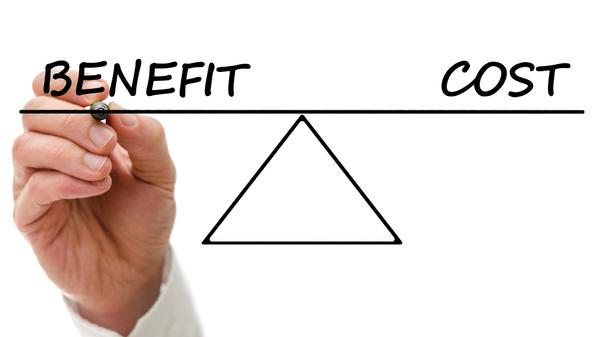Justifying steam energy saving projects:
In a world where sustainability, is the language that Steam Engineers must talk to ensure that their projects happen, they must also present them in a way that justifies them financially and corporately. Communicating the financial justification is often more difficult than the actual engineering and design of the project. Savings in kWh’s or increasing percentage efficiencies must be converted to bottom line benefits for the business.
Business priorities
Businesses come in all different types, from single owner companies, to plc’s with a board of directors. The mission statement these business can also vary greatly depending on what the businesses output is. A companies steam system is simply there contribute to the manufacture of a product, or to supply a service which supports this mission statement. The product and/or service allows the company to make money and stay in business for the future.
Plant equipment which would include steam system equipment are company assets that must generate an economic return. In a simplistic form the annual earnings attributable to the sale of goods or services produced by these assets, divided by the value of the plant assets themselves, describe the rate of return on assets.
Owners, company executives, and financial officers can be conservative in their decisions. Steam projects and upgrades will almost certainly compete with other projects for the investment of company funds. Therefore executives and financial officers will favour the projects that provide the biggest and fastest paybacks on investment.
Other priorities may have an influencing factor too, for example; health and safety, reliability of production, avoiding unwanted surprises, and compliance with legislation.
Money Money Money
Once a steam energy or efficiency project has been identified it needs to be wrapped in corporate language to get the best chance of funding. However the financial impact of the project must be identified and quantified. This is best done by a life cycle cost analysis. The purpose of this is to quantify the total costs and benefits associated with an investment. The net gain, or loss for the project can be compared to other investment options or, if no investment is made, what would be the result. Typical factors taken into account in life cycle costing would include:
Initial capital costs for the project. This could include; design, equipment, installation, commissioning, and borrowing.
- Maintenance costs over the anticipated life of the plant.
- Energy costs over projects life.
- Depreciation and any tax impacts.
- Scrap value or cost of disposal at the end of the equipment’s life.
- Impacts on production such as increased quality and reduced downtime.
Paybacks
One of the most widely used measure of a projects viability is its payback period. This is defined as the period of time for the project to break even, i.e. the benefits add up the initial outlay for the project. This measure is easy to use and understand, and is therefore ideal for making quick decisions on which projects to prioritise. The downside of this approach is that it make no distinction between the value of money now and the valve of it in the future.
Another common calculation for determining the economic feasibility of a project is internal rate of return. It is defined as the discount rate that equates future net benefits (cash) to an initial investment outlay. This discount rate can be compared to the interest rate at which a corporation borrows capital.
Many companies set a threshold rate for projects. This rate is the minimum required internal rate of return for a project to be considered viable. Future benefits are discounted at the threshold rate, and the net present worth of the project must be positive for the project to be given the go-ahead. Before putting projects for approval it is always worth checking the threshold, and making sure that your project exceeds this.
There are other ways of evaluating investments in projects, these include; net present value, and accounting rate of return. It goes without saying that the best way to get funding for a project is to submit the return on investment sums in the form which the company would normally use for rating these types of projects.
Talking the corporate language
Whilst saving money is a strong argument for a project there may be other advantages to the project going ahead as well. These need to be expressed in a way to convince the company executives, or decisions makers. A great way to do this is to align with the company mission statement, or internal goals. Examples of this may include:
- Meeting or contributing to the company’s sustainability targets.
- Reduced energy usage.
- Compliance with health and safety, or best practice guidance documents.
- Lower emissions, with the result of lowering environmental charges.
- Improved safety, in response to a past accident, or a future identified risk.
- Reduce equipment down time and increase reliability. With the result that higher plant outputs are achieved.
Next steps
- The following steps will help in moving your steam project forward:
- Identify the best potential areas of your steam plant for achieving greater steam efficiency.
- Determine the life-cycle cost for each of these potential projects.
- Identify the projects with the greatest net benefits.
- Collaborate with the financial and executive staff to identify current corporate priorities.
- Generate a proposal that demonstrates how the benefits of the steam efficiency project directly responds to current corporate needs. Always list the benefits early in the proposal and make them clear and easy to understand.

